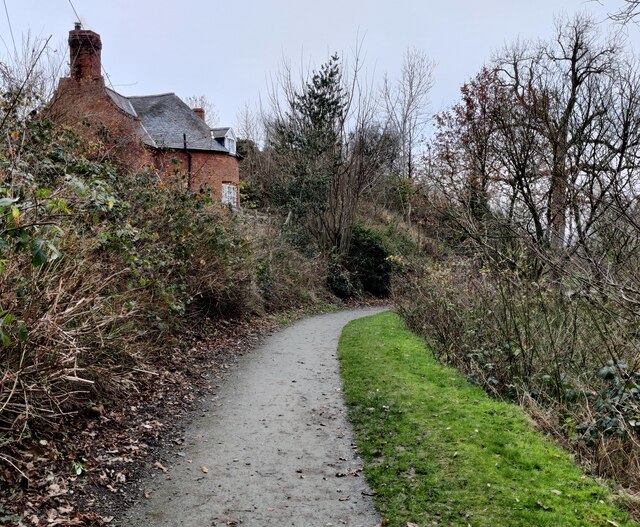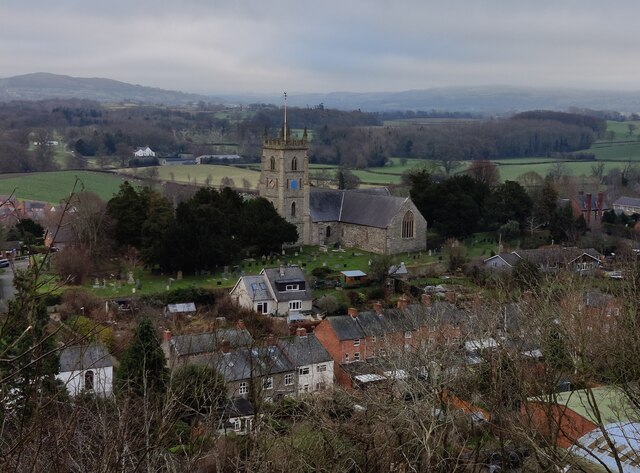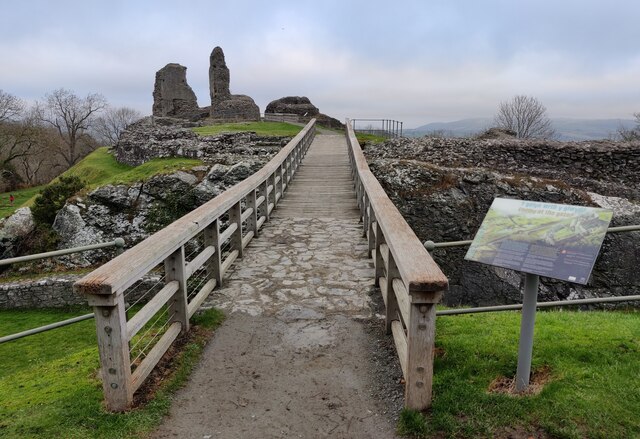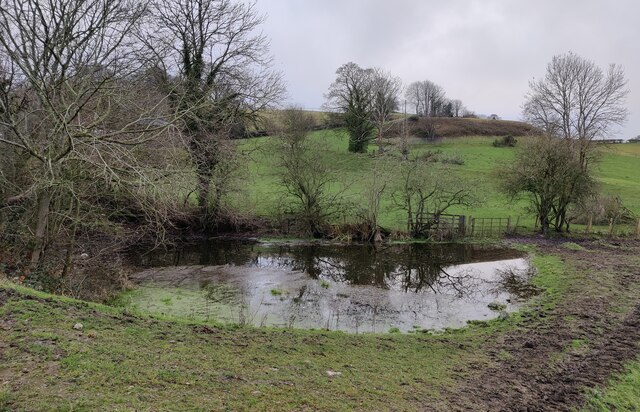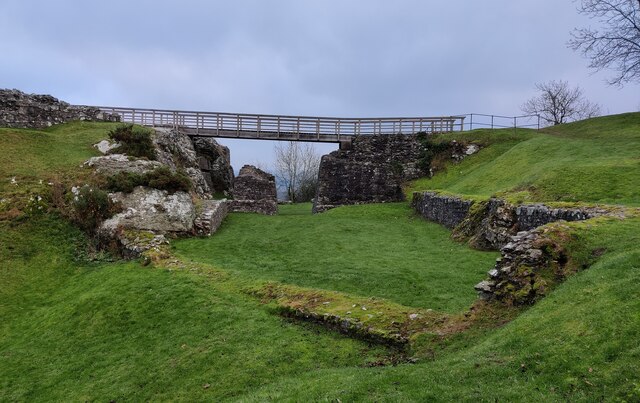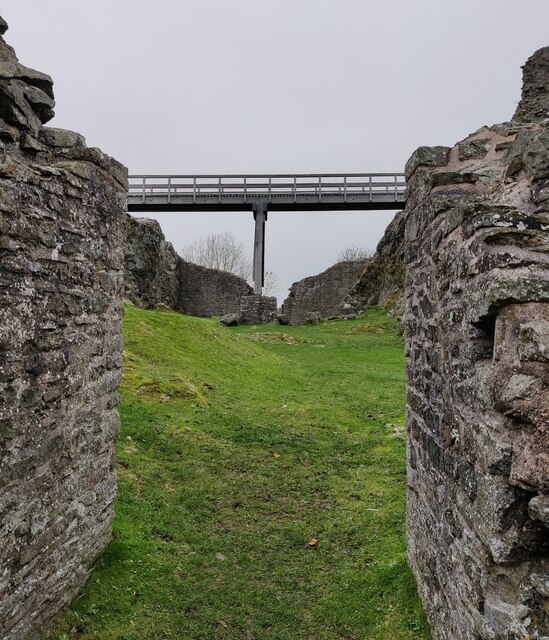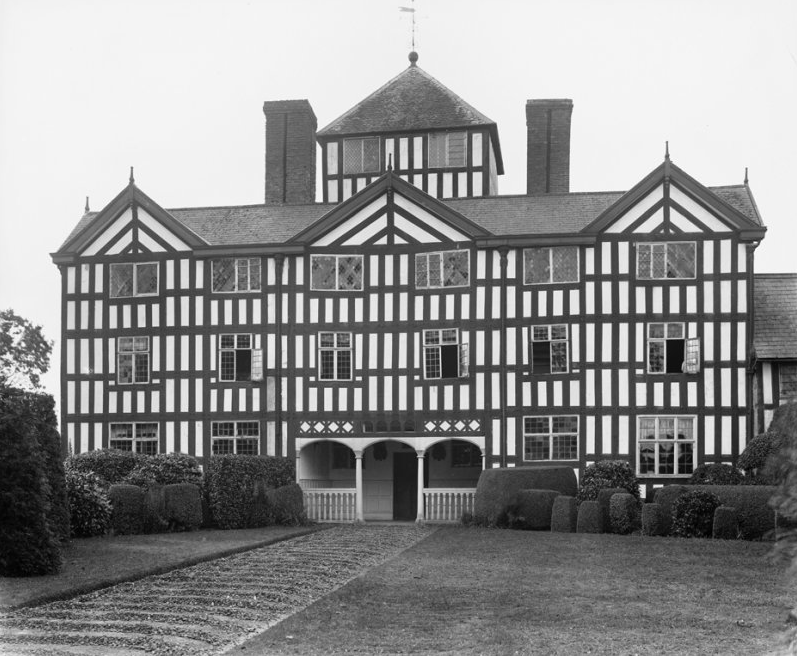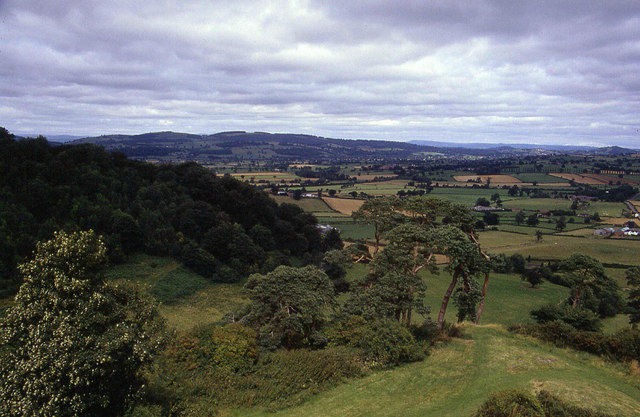Boardyhall Wood
Wood, Forest in Montgomeryshire
Wales
Boardyhall Wood
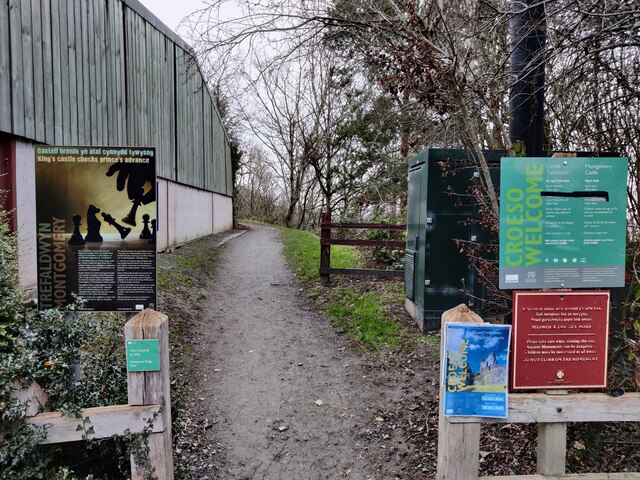
Boardyhall Wood is a picturesque forest located in the county of Montgomeryshire, Wales. Spanning approximately 100 acres, this ancient woodland is renowned for its natural beauty and diverse ecosystem.
The wood is primarily composed of broadleaved trees, including oak, ash, beech, and birch, which create a dense canopy that provides a habitat for a wide variety of wildlife. The forest floor is covered in a rich carpet of wildflowers, ferns, and mosses, adding to the enchanting atmosphere of the wood.
Boardyhall Wood is intersected by several walking trails, allowing visitors to explore its hidden treasures. These trails wind through the woodland, leading visitors past babbling brooks, small ponds, and ancient relics, such as moss-covered stone walls and remnants of old structures.
The wood is also home to a diverse array of wildlife. Birdwatchers can spot various species, including woodpeckers, owls, and songbirds, while nature enthusiasts may catch a glimpse of mammals like deer, foxes, and badgers. The forest's tranquil ambiance makes it an ideal location for birdwatching and wildlife photography.
Boardyhall Wood is a popular destination for locals and tourists alike, offering a peaceful escape from the hustle and bustle of daily life. Whether one seeks solitude, a leisurely walk, or an opportunity to connect with nature, this ancient woodland provides a serene and captivating experience for all who visit.
If you have any feedback on the listing, please let us know in the comments section below.
Boardyhall Wood Images
Images are sourced within 2km of 52.55581/-3.1233091 or Grid Reference SO2395. Thanks to Geograph Open Source API. All images are credited.
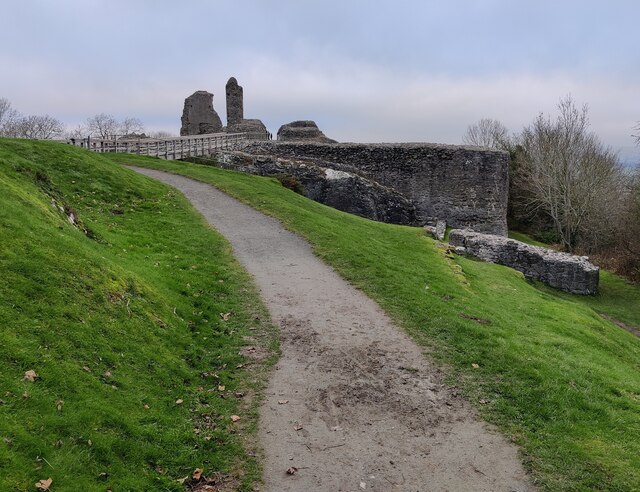
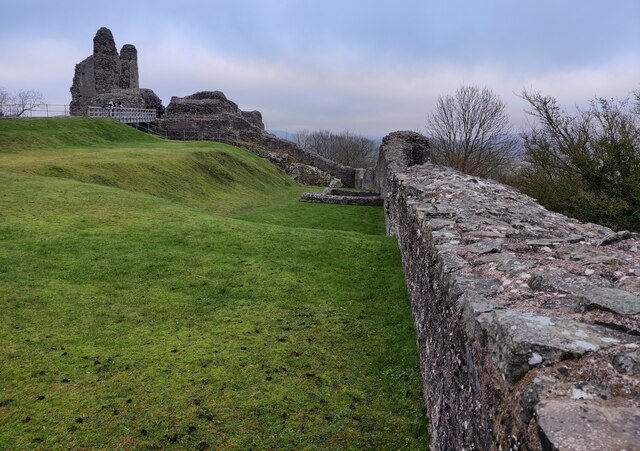

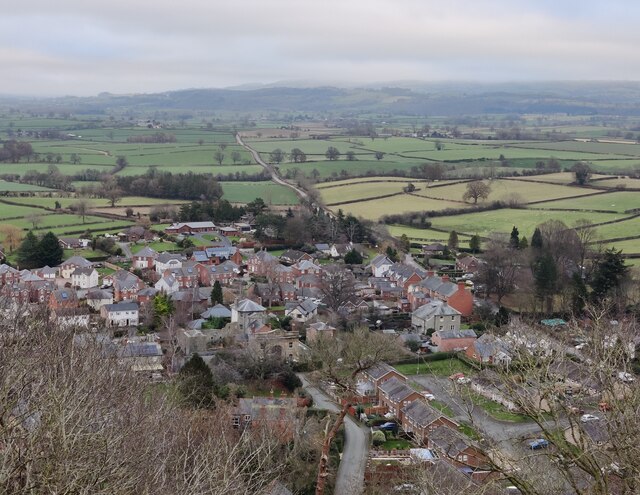

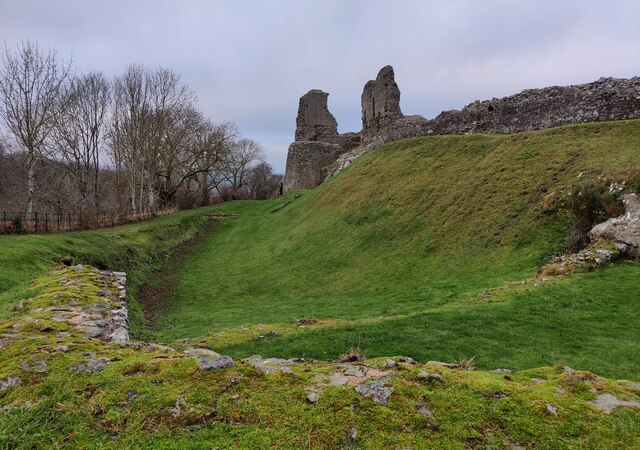

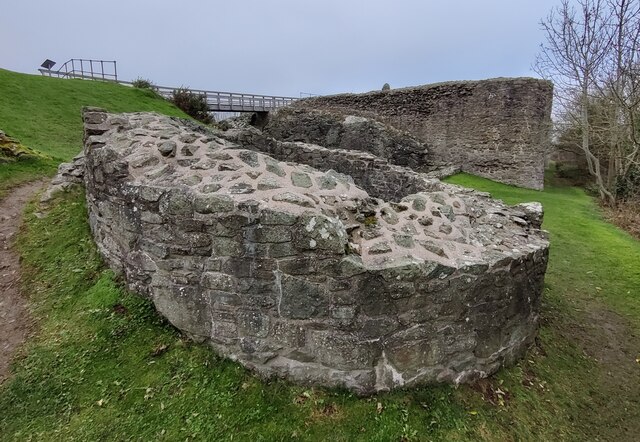
Boardyhall Wood is located at Grid Ref: SO2395 (Lat: 52.55581, Lng: -3.1233091)
Unitary Authority: Powys
Police Authority: Dyfed Powys
What 3 Words
///blunt.crisper.numeral. Near Mainstone, Shropshire
Nearby Locations
Related Wikis
Lymore, Montgomery
Lymore, or Lymore House or Lodge was demolished in 1931. It stood in Lymore Park, one mile ESE of Montgomery, Powys, Wales. The house was a large half...
Chirbury Rural District
Chirbury was a rural district in Shropshire, England from 1894 to 1974. It was created by the Local Government Act 1894 based on that part of the Montgomery...
Vale of Montgomery
The Vale of Montgomery (Welsh: Dyffryn Trefaldwyn) is an area of low land straddling the border between Shropshire, England and the former county of Montgomeryshire...
Montgomery Town F.C.
Montgomery Football Club is a Welsh football team based in the town Montgomery, Powys, Wales, who play in the Central Wales League Northern Division. They...
Montgomery Town Hall
Montgomery Town Hall (Welsh: Neuadd y Dref Trefaldwyn) is a municipal building in Broad Street, Montgomery, Wales. It served as the meeting place of Montgomery...
The Old Bell Museum
The Old Bell Museum is a former 16th-century inn, converted into a museum and run by volunteers from the Montgomery Civic Society of Powys. The half-timbered...
Montgomery, Powys
Montgomery (Welsh: Trefaldwyn; translates as the town of Baldwin) is a town and community in Powys, Wales. It is the traditional county town of the historic...
Relief of Montgomery Castle
The Battle of Montgomery took place during the First English Civil War of 1642–1646. On 17 September 1644, a Parliamentarian force commanded by Sir John...
Nearby Amenities
Located within 500m of 52.55581,-3.1233091Have you been to Boardyhall Wood?
Leave your review of Boardyhall Wood below (or comments, questions and feedback).
